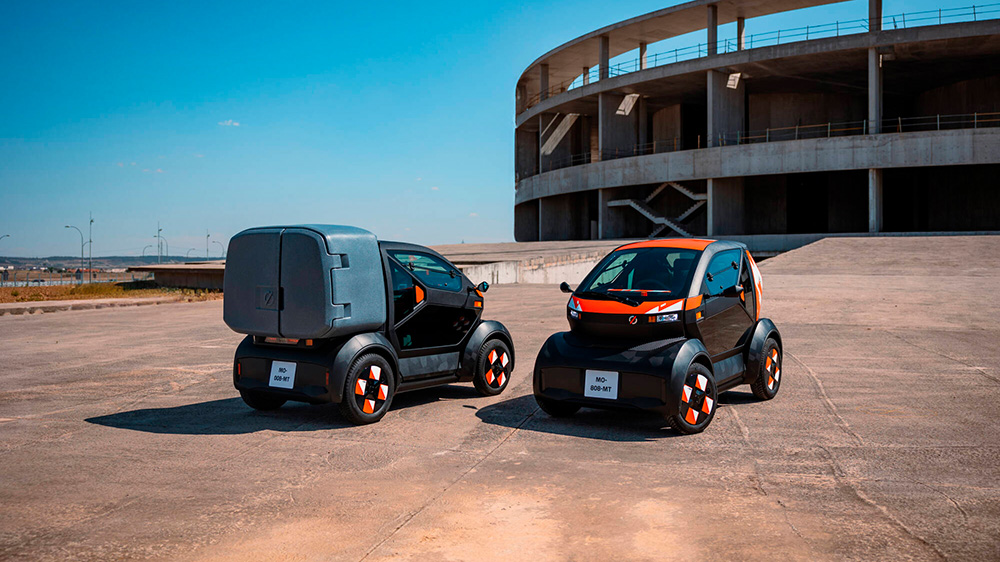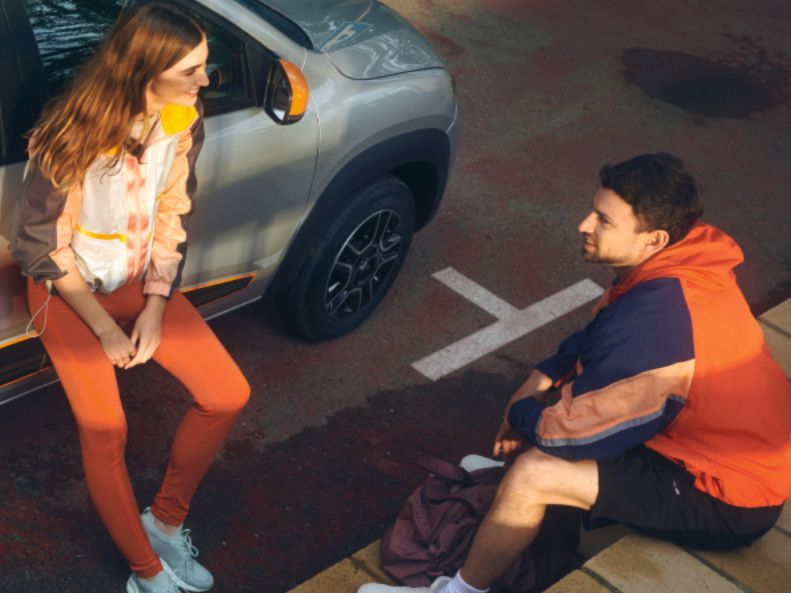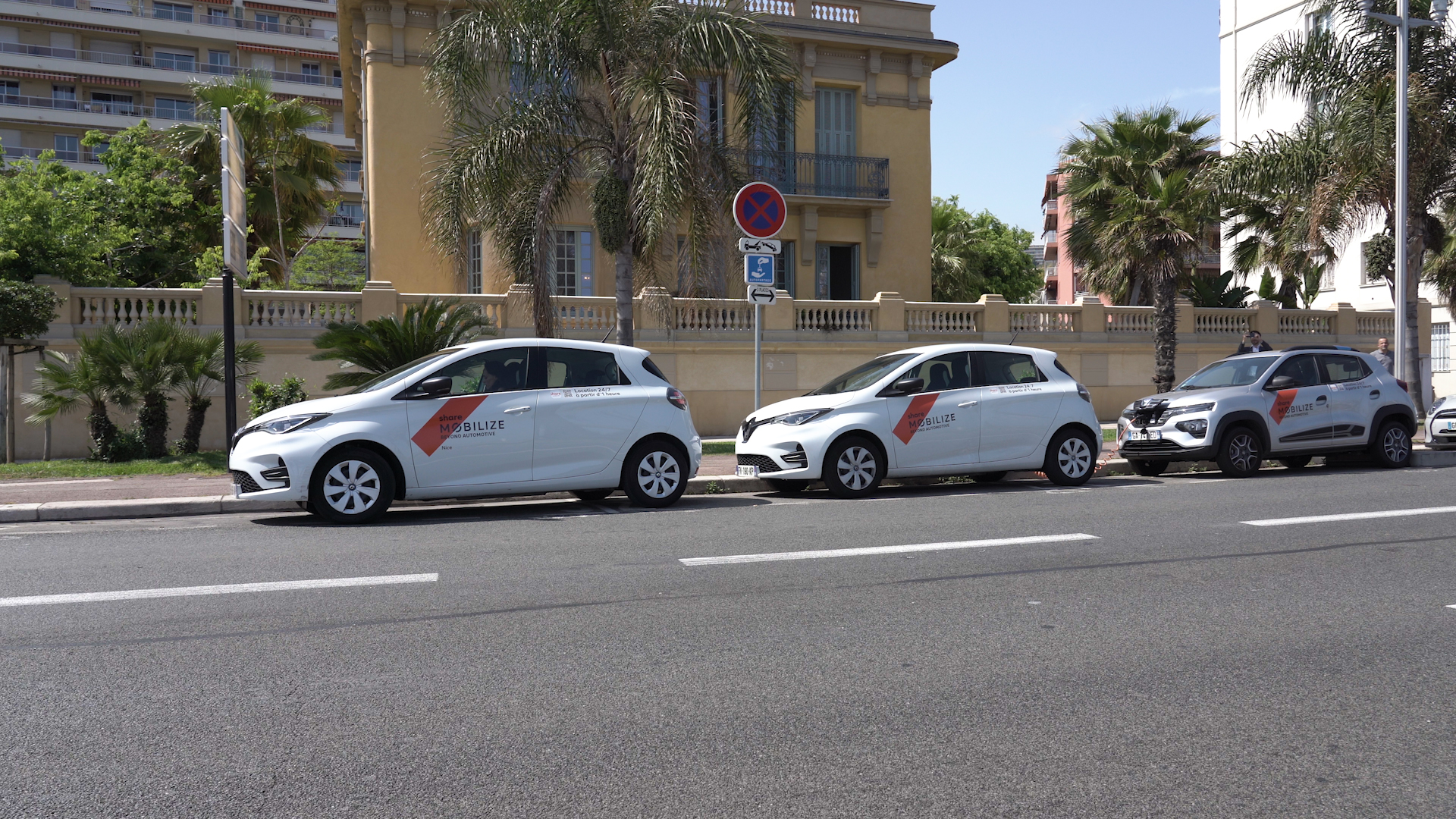modes of transport at the heart of urban mobility
As its name suggests, urban mobility covers all forms of mobility in urban areas, both within the city itself and in the inner and outer suburbs. It therefore covers a wide range of situations, whether in the town centre, the outskirts or the peri-urban areas. The conurbation extends in concentric circles: the wider the perimeter, the lower the density of population and infrastructure.
New territorial structures are developing, giving rise to new mobility needs and therefore new means of transport. While the private car remains synonymous with mobility, it is not the only solution for meeting the economic, societal and cultural needs of an increasingly diverse population.
urbanisation, its opportunities and challenges
Since the 1980s, the number and size of cities around the world have grown. Increasingly populated, the largest cities concentrate economic, political and cultural assets. The movement of people, financial exchanges and information flows are facilitated within the conurbation, but also between each of them. Some metropolises, such as New York, London, Tokyo and Paris, have global influence. We are even seeing the emergence of true megacities, vast urbanised regions that link the major cities together.
Today, 56% of the world’s population lives in cities, and cities generate more than 80% of the world’s Gross Domestic Product. This proportion is growing steadily. Studies predict that the number of city-dwellers will double by 2050. In that time, almost 7 out of every 10 people in the world will be living in an urban environment.
The power of cities to attract people is immense, but that doesn’t mean the problems associated with them should be forgotten: air pollution, recurring heatwaves, lack of security, etc. For local residents, the challenges of urbanisation also extend to the most basic quality of life, given the potentially numerous nuisances caused by population density. To deal with this, decision-makers and citizens are working to rethink the city in depth.
a single megacity for a variety of mobility needs
Within a large city, lifestyles differ greatly depending on whether you live in the centre or on the outskirts. To take the example of the Île-de-France megalopolis (Paris region, France), journeys involving Paris intra-muros – whether to the point of departure, the point of arrival or both – represent 30% of journeys in the region, but account for only 10% of car journeys in the region. The modal share of the car is therefore 3 times lower than in the rest of the megalopolis. This trend is confirmed by an analysis of car ownership. In Paris itself, 60% of households do not own a car; in the inner suburbs, 24% do not; and in the outer suburbs, only 9% do.
City centres benefit from a density of infrastructure that is particularly practical for everyday use. The distances between each point of interest are therefore relatively short. Add to this the fact that these areas are well served by public transport, and it’s easy to see why city dwellers have little need to use the car for journeys into the city centre. What’s more, with the proliferation of traffic restrictions, notably the Low Emission Zones, the private car – especially the internal combustion engine – is no longer welcome.
However, this disaffection with the private car needs to be put into perspective. In Europe, town centres are tending to lose their population, with more and more of them being used for recreational, cultural or tourist purposes, and less and less for traditional, long-term residential purposes. With a current population of 2.1 million, Paris has lost almost 123,000 inhabitants in 10 years. The majority of Parisians who leave the capital settle in the Île-de-France region, first in the inner suburbs and then in the outer suburbs. In absolute terms, the number of people affected by the absence of a private car decreases as the number of people affected by the use of a private car increases.
urban mobility and car share
As mobility needs vary greatly, so do mobility solutions. Cities are innovating and becoming real mobility laboratories. One of the new forms of urban mobility to emerge is undoubtedly car-sharing, in particular car-sharing with no pick-up or drop-off points, i.e. free-floating car-sharing.
Carsharing’s playground coincides with the demotorisation of city centres, where people are less and less inclined to own a car. These places have several characteristics. Firstly, the density of shops and services, which means that people do not have a crucial need for a car on a daily basis ; but also the density of facilities, which makes it easier to access the shared car, whether on foot, by bike or by public transport. Car-sharing-friendly demotorisation sites also offer a variety of alternatives to the private car, particularly for commuting, thanks to the public transport network and/or the network of cycle paths. Finally, these are also places where finding parking is a real challenge. The lack of easy, affordable parking close to home or destination is likely to discourage car ownership and encourage new forms of urban mobility such as car-sharing.
And when you don’t want to drive yourself, whether to catch a train or get home from a party, a taxi or chauffeur-driven car is another alternative to the private car. Car-sharing, public transport, walking, cycling and other forms of soft mobility… the solutions are varied and easily accessible to city dwellers.
the suburban and modes of transport to be reinvented
While owning a private car remains essential the further you are from the city centre, alternatives are emerging that are helping to reduce the number of vehicles in multi-motorised households, in suburban areas as well as in small towns and rural areas. These include short-term car hire, the use of pools of service cars for private needs, car-sharing between private individuals and car-pooling. But that’s not all.
In response to motorists’ concerns about the day-to-day management, maintenance and resale of their vehicles, it is now possible to opt for a different approach, one that favours use over ownership: Vehicle-as-a-Service (VaaS). This approach is virtuous from the point of view of optimising resources, since it is based on the circular economy. It’s also easy to live with and in tune with the times: everyone benefits from a vehicle and a range of associated services, according to their needs at the time and with no commitment. It’s a new approach to motoring that goes beyond the car itself.






